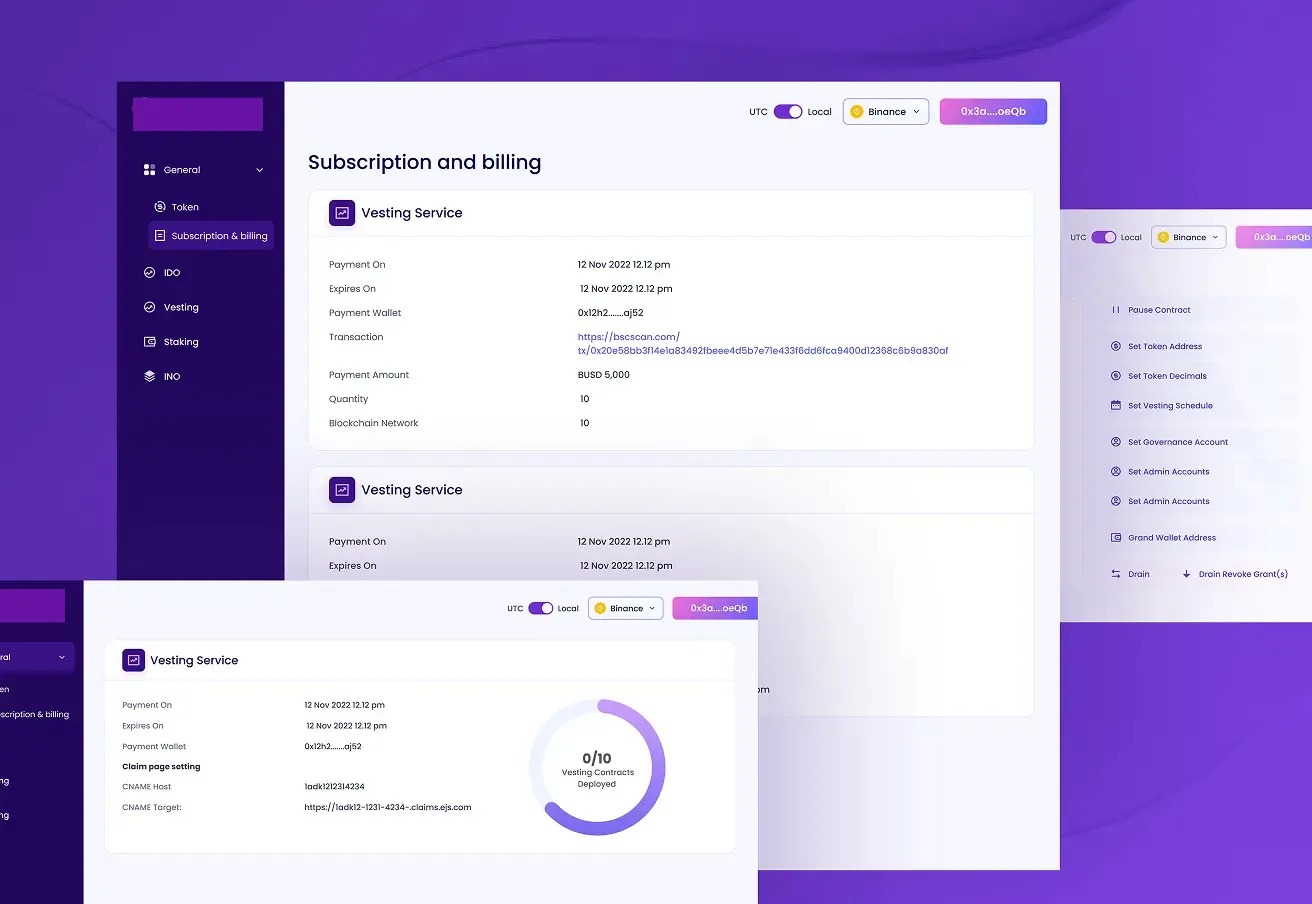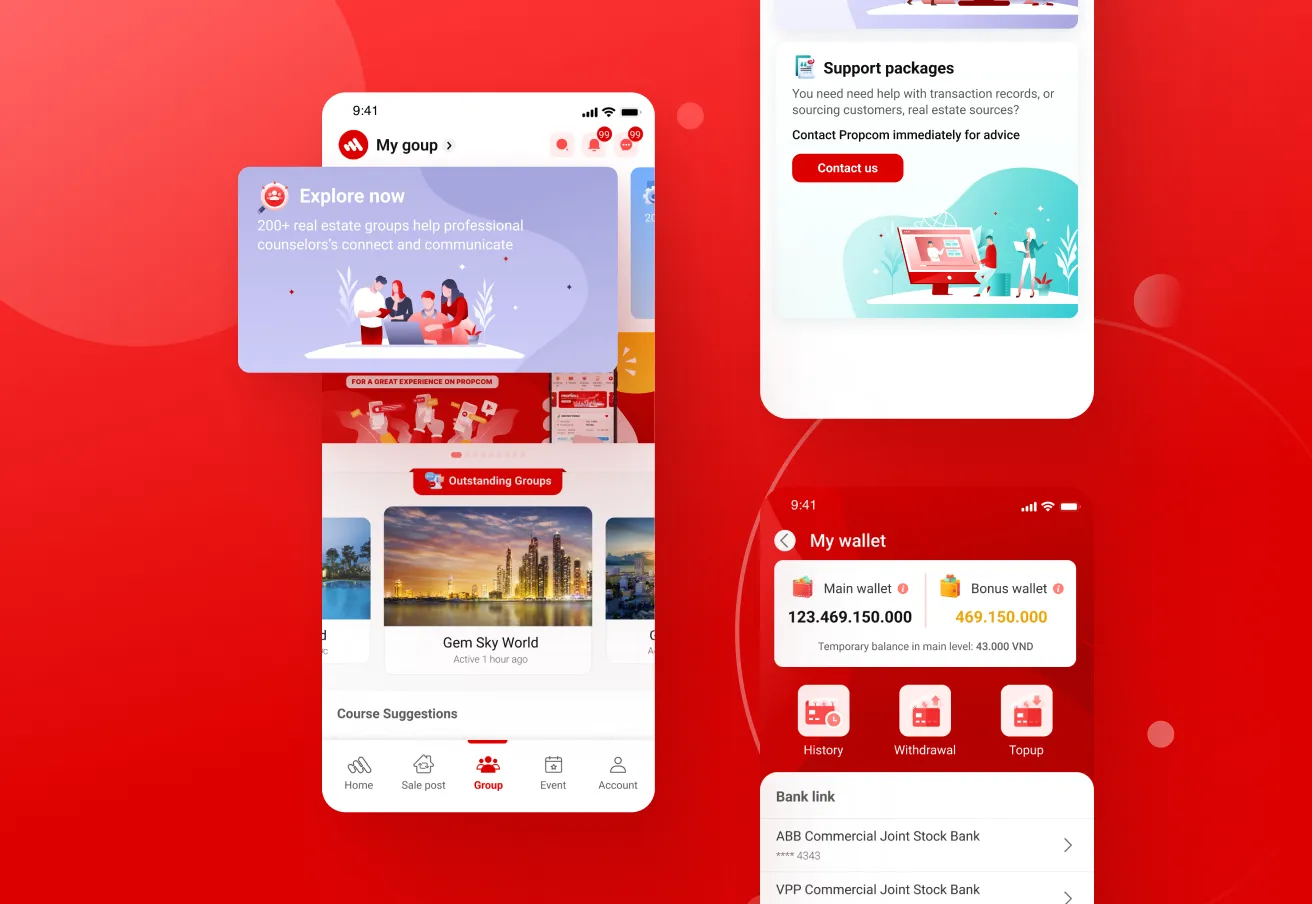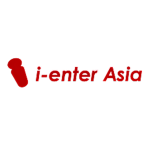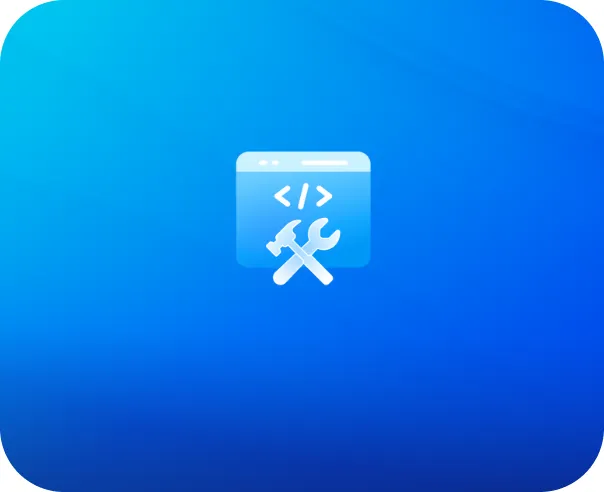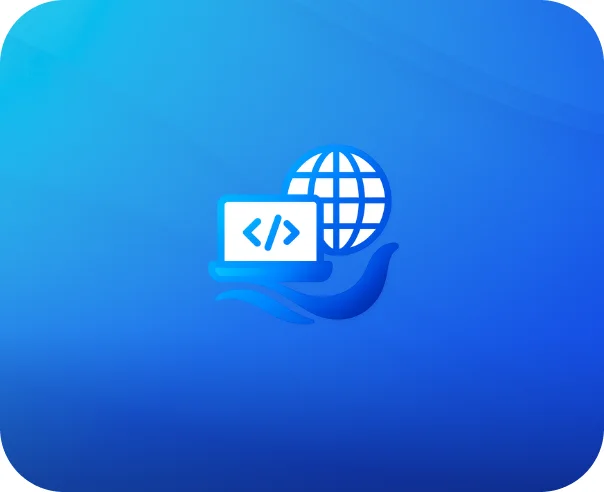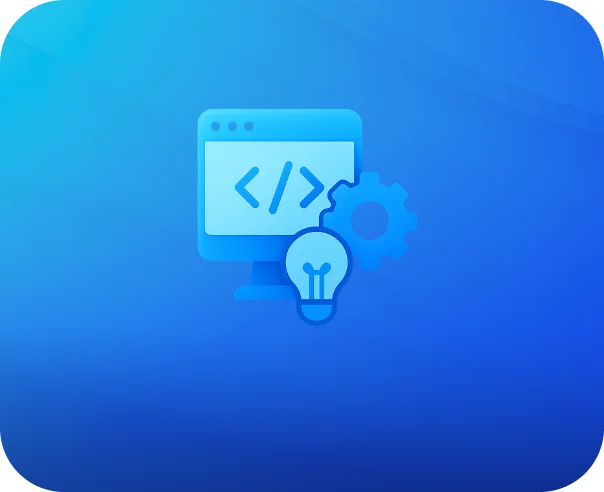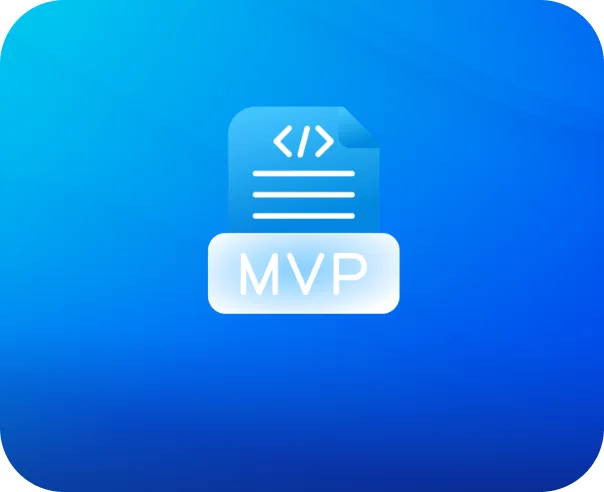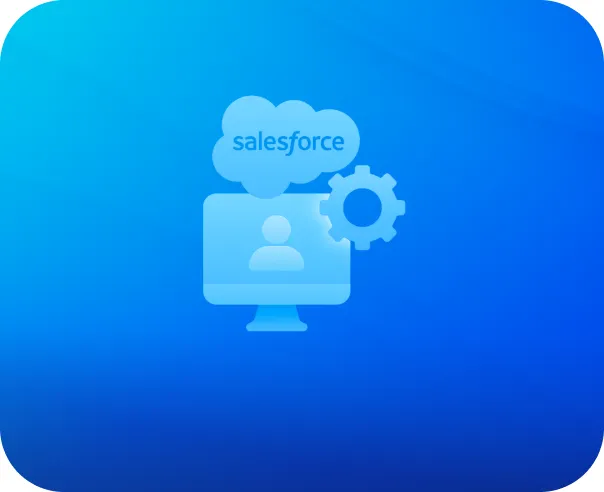Software Development Outsourcing Services
With Newwave Solutions’ software development outsourcing services, you gain instant access to global talent, flexible engagement models, and proven delivery processes—all without the overhead of building in-house teams. Scaling your software development doesn’t have to be complicated.
Whether you’re looking for outsourcing custom software development or full-cycle project ownership, we ensure quality, security, and speed at every step. Let’s build the technology that powers your growth, start outsourcing with us today.
Years of Experiences
Success Projects
Active Clients
Professionals
Key Advantages When
Outsourcing with us
When you choose Newwave Solutions for outsourcing software development services, you get more than just cost savings—you gain a strategic partner dedicated to your success. Our outsourcing models give you access to world-class talent, ISO-certified processes, and agile development practices, ensuring your product is delivered on time, within budget, and at the highest quality standards.
- Faster Product Validation
- Reduced Operational Burden
- Lower Hiring Costs
- Scalable Resourcing
- Access to Specialized Skills
- Time Zone Flexibility
- Accelerated Digital Transformation
- Minimized Delivery Risks

Types of Outsourcing
Models We Provide
Our Case Study
Our Outsourcing Expertise Across the SDLC
Why Partner with Newwave Solutions?

Outsourcing with Newwave means working with a trusted partner who delivers measurable results. Our outsourcing software development services combine innovation, transparency, and technical excellence to drive your business forward.
- Proven Experience – 14+ years in IT with 800+ successful projects worldwide.
- Full-Service Expertise – From custom software development services to Salesforce development services.
- Agile-Driven Process – Flexibility to adapt to evolving requirements and market changes.
- Scalability & Reliability – Build products that grow with your business.
- Client-Centric Mindset – Your success is our priority, backed by dedicated teams and proactive communication.
- End-to-End Coverage – From ideation to product launch, support, and future scaling.
- Cross-Industry Expertise – Deep knowledge from Educational, Fintech to Banking or Real Estate, your outsourced solution meets compliance and market standards.
With Newwave Solutions, you don’t just outsource custom software development services, you gain a strategic partner committed to helping you innovate and thrive in a competitive market.
Frequently Asked Questions
How do you manage communication across time zones?
Can I start small and scale my outsourced team later?
How is intellectual property protected in outsourcing?
What if I need to change the scope midway?
What our clients say

Related Services
Let’s Connect
Let us know what you need, and out professionals will collaborate with you to find a solution that enables growth.
